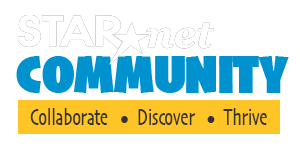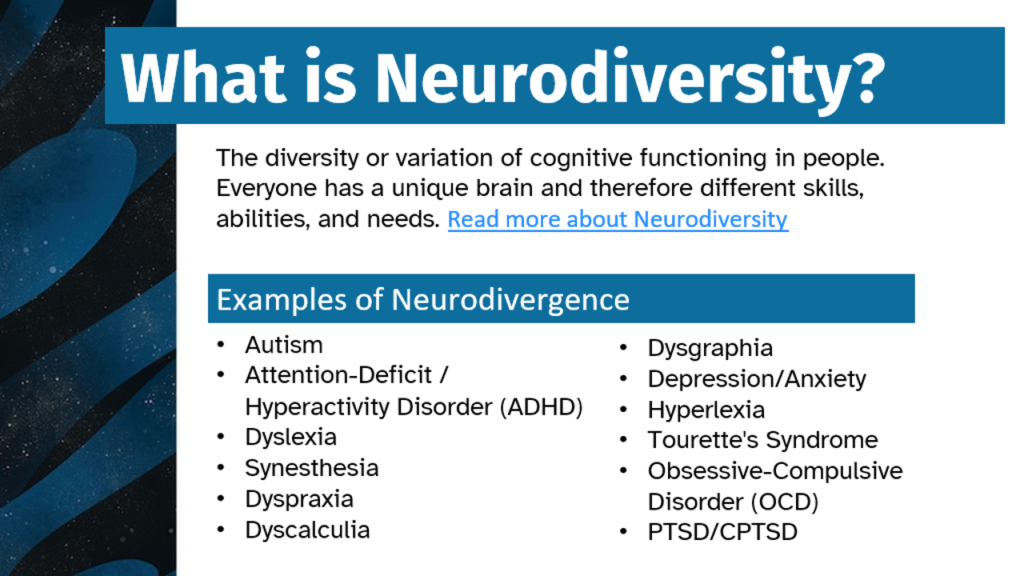The concepts of inclusion and intersectionality; and employing them to grow our audiences
The concepts of inclusion and intersectionality; and employing them to grow our audiences
by Kevin Tolley, Supervising Librarian Suisun City Library Suisun City, CA
We are libraries and because of that we include everyone. This is a matter of deep moral imperative.
We also are libraries, and because of that we need to increase our market penetration and usage rates in underserved populations. This is a financial imperative if we’re going to continue to function as libraries and have patrons who enjoy our services into the future.
It would seem that these two things dovetail beautifully, on the one hand a moral directive, and on the other a practical solution. So why is inclusivity so difficult? The problem comes to light when we spend a few moments trying to understand our audience and ourselves.
Libraries have a great tradition of inclusion for everyone. Grand statements are codified into the American Library Association’s mission. National committees that produce guidelines for decreasing barriers for libraries abound. Most librarians you talk to will espouse a fierce will to serve the underserved.
And yet, as an institution, we’ve had irregular success at being inclusive, and history is riddled with our failures. Libraries have had separate facilities for black Americans. We have excluded women even when women were the primary members of the library workforce. Libraries are famous for being quiet places, which can create an unintentional barrier to some people with non-white cultural norms. We insist on adherence to rules that are by their nature exclusionary, and often we don’t notice that we’re doing it.
At a very basic level, the process of inclusion starts with us. Does your library have policies that raise barriers to participation based on cultural norms or financial stability? Fines and fees can be seen as a necessary part of library revenue, but they can also be seen as creating an undue burden on those who are most at need. For example, a single mother might belong to a number of different groups. They are often in a demographic that libraries actively encourage to use the library, but they may also be a demographic least able to pay fines. Then if you consider that families-with-children is a group most likely to accrue fines due to lost or damaged items, you see how the intersection of all these groups can create a problem.
Barbara has posted a blog about the practical ways libraries can reach out to and include underserved populations. If you haven’t done so yet, I encourage you to read it. In it, you’ll see that inclusion doesn’t just mean advertising to populations from different races and socio-economic backgrounds. She extends the idea to include engaging the people of our library communities in order to better understand their needs. I would also like to extend the idea of inclusion to include understanding ourselves in relation to our patrons – including all the myriad ways that our different patrons understand and interact with the world. Different ways of learning, different cultural understandings, different levels of education; in short different intersecting identities.
There is a word for that – intersectionality. Intersectionality is a brilliant concept and a way to gain an understanding of people. It is also a very big concept that can be very loosely summarized as a 3-dimensional Venn diagram of our identities and the multitude of ways that they interact both in positive and negative ways in our lives.
In many ways, we as librarians intuit this concept. If anyone can serve a person who is a retired police officer, father of a substance abuser, and primary caregiver for their grandchild who is coming to storytime in order to teach the child a love of reading, it’s a librarian (that’s a real example, by the way). These kinds of people who are category-defying (genre-bending?) come into our libraries all the time and we work with them. It is our strength. But as often as we help people, we sometimes push them away.
The challenge here is to use this lens of cultural intersectionality to re-think how we as an institution treat our patrons, or more to the point, how our policies and procedures treat our patrons. At my library, in order for a group to rent our meeting rooms we ask them to provide two separate checks, one for the cleaning deposit and one for the room rental fee. That might seem quaint, and I’ve talked with a number of patrons under the age of 30 who have never seen a check, but we do this because that’s part of our procedure for room rental. I don’t like this procedure. I think it violates our commitment to customer service and to inclusion. But It doesn’t matter how much I’m driven by customer-service principles. When I’m in that scenario, in order to help that patron, I need to decide either to forego this library procedure, deny service, or use a work-around.
In one case, the patron who wanted to use our meeting room was booking it in order to provide an informational seminar on registering to vote. They had no checks, so at that moment I had an intersection of two mutually exclusive library values – one procedural and one informational. In this case, I was able to be creative and solve the problem by partnering with the group and creating a library program. But the barrier still exists.
These barriers are avoidable. We can implement the same strategies Marie Kondo suggests we use when cleaning a room. We can look at our procedures one by one and see if they spark joy not just from our point of view, but also from the point of view of the people who come to the library to use its resources. If the procedures don’t spark joy, revise or remove them. Try to understand your patron base, as well as the people you want to reach, and as you look through procedures try to see those rules in the same terms they would. When you’re done, you might find the library an easier sell during your outreach events.





Responses